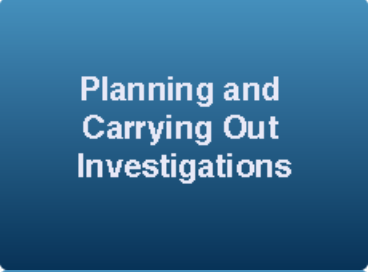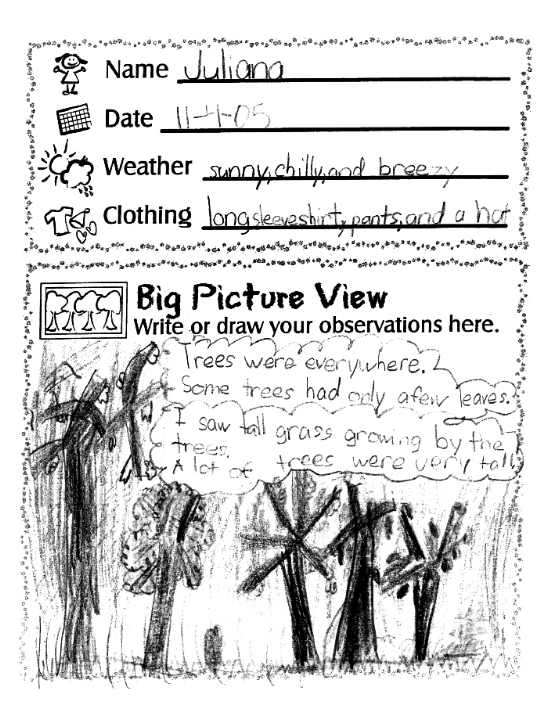Planning and Carrying Out Investigations with MND

Scientists and engineers develop the procedures for their research and then carry out their investigations in a variety of environments (i.e., in the lab, outdoors, with others, as well as independently). They must plan in advance their criteria for the data they wish to collect, the conditions in which they will collect these data, and in what manner the data will be collected.
Students should have opportunities to plan and carry out several different kinds of investigations during their K-12 years. At all levels, they should engage in investigations that range from those structured by the teacher – in order to expose an issue or question that they would be unlikely to explore on their own (e.g., measuring specific properties of materials) – to those that emerge from students’ own questions.(NRC Framework, 2012, p 61)

Example Questions
- What kinds of data will you collect? How will you collect these data?
- What environment do you need to observe? How do you plan to make the observations?
- How many years, months, or days of data do you need to produce reliable results?
- What are the limitations of the data collected?
K-2: Planning ad carrying out investigations to answer questions or test solutions to problems in K-2 builds on prior experiences and progresses to simple investigations, based on fair tests, which provide data to support explanations or design solutions.
- Make observations (firsthand or from media) to collect data that can be used to make comparisons. (1-ESS1- 2)
3-5: Planning and carrying out investigations to answer questions or test solutions to problems in 3-5 builds on K-2 experiences and progresses to include investigations that control variables and provide evidence to support explanations or design solutions.
- Make observations and/or measurements to produce data to serve as the basis for evidence for an explanation of a phenomenon. (4-ESS2- 1)
6-8: Planning and carrying out investigations to answer questions or test solutions to problems in 6-8 builds on K-5 experiences and progresses to include investigations that use multiple variables and provide evidence to support explanations or solutions.
- Collect data or produce data to serve as the basis for evidence to answer scientific questions or test design solutions under a range of conditions. (MS-ESS2- 5)
9-12: Planning and carrying out investigations to answer questions or test solutions to problems in 9-12 builds on K-8 experiences and progresses to include investigations that use multiple variables and provide evidence to support explanations or solutions.
- Plan and conduct an investigation individually and collaboratively to produce data to serve as the basis for evidence, and in the design: decide on types, how much, and accuracy of data needed to produce reliable measurements and consider limitations on the precision of the data (e.g., number of trials, cost, risk, time) and refine the design accordingly. (HS-ESS2- 5)

